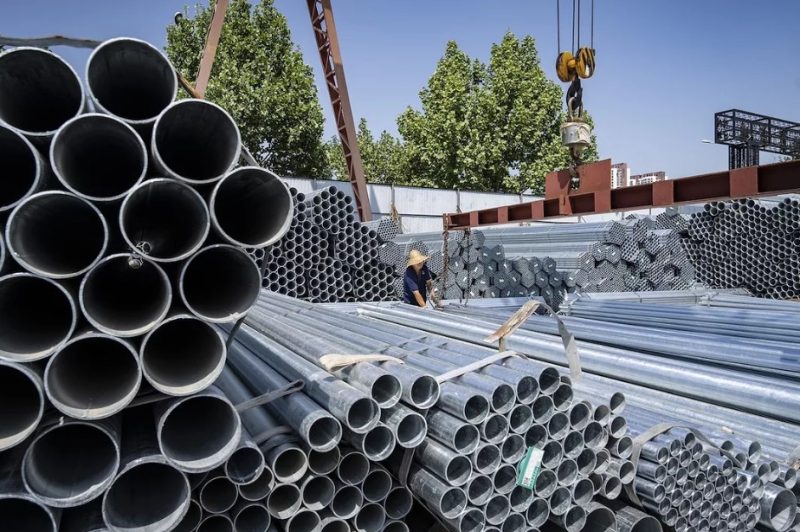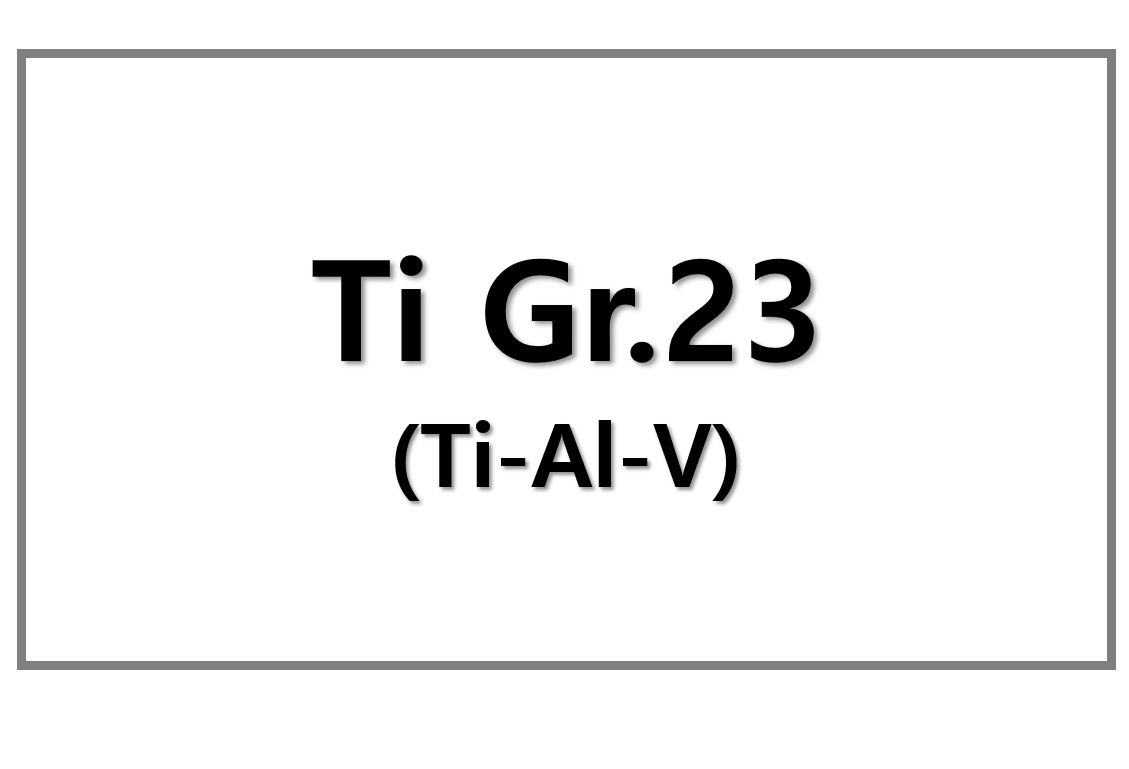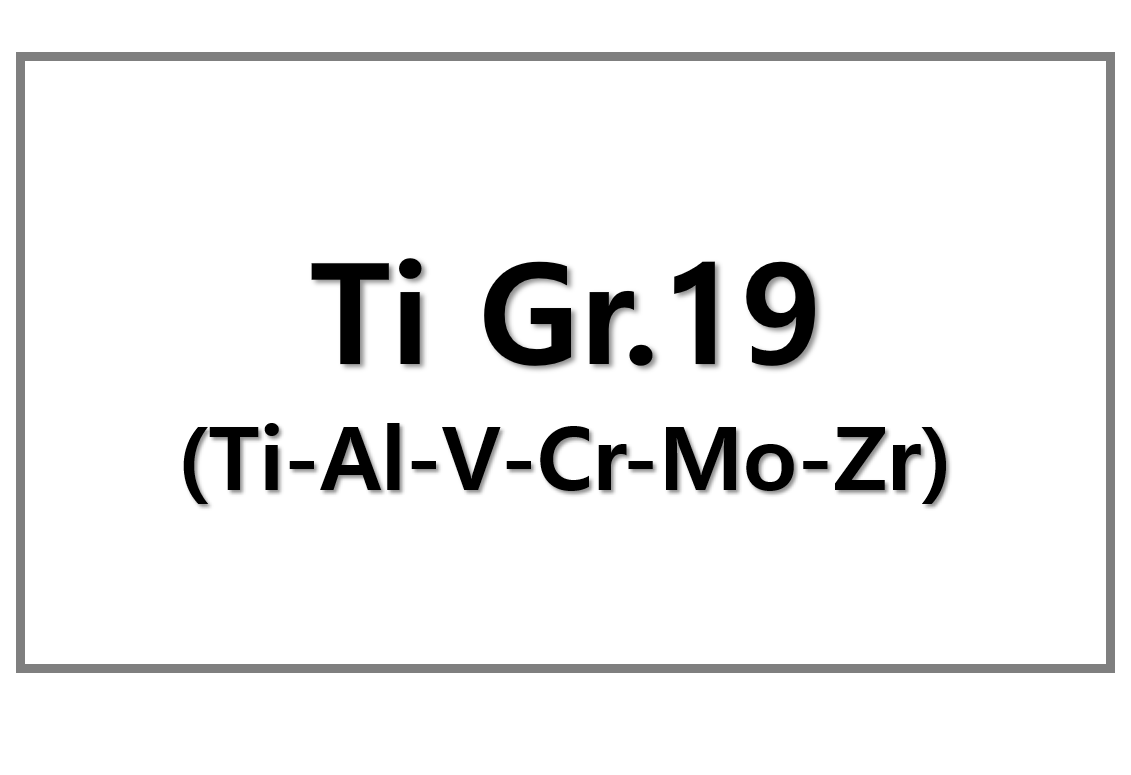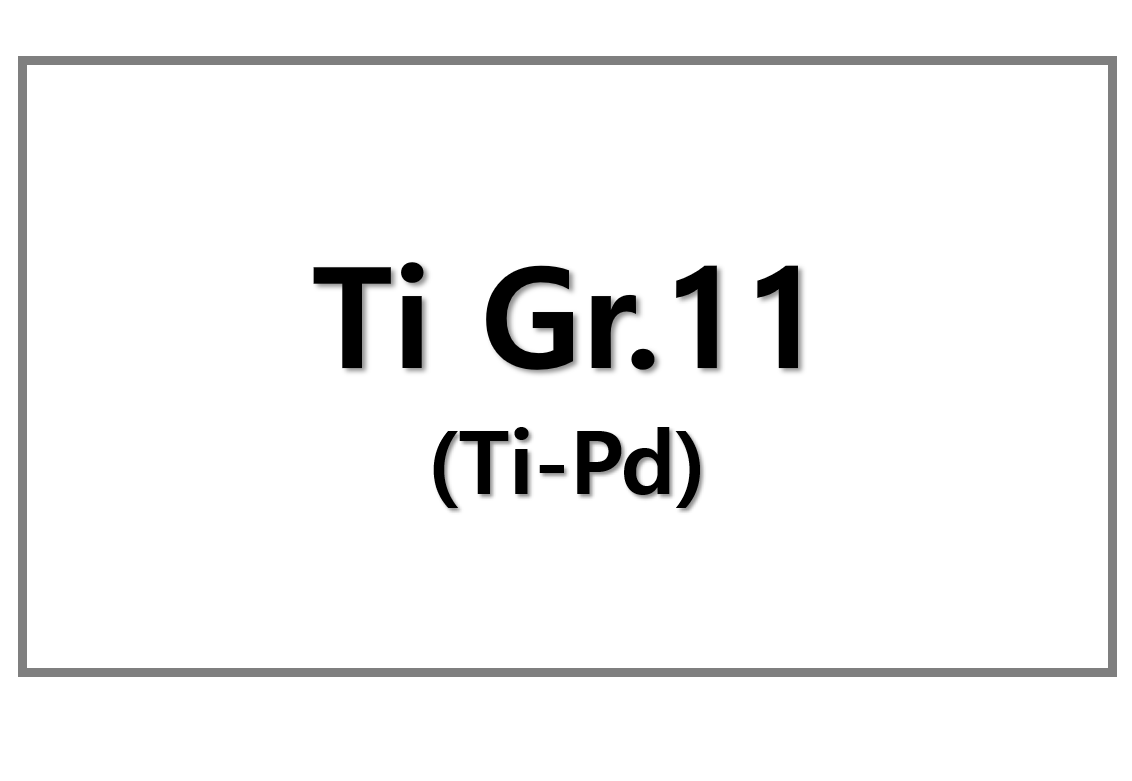
Supreme Court Scrutinizes Trump’s Use of IEEPA Tariffs
The U.S. Supreme Court recently questioned President Donald Trump‘s authority to impose tariffs under the International Emergency Economic Powers Act (IEEPA). This case, heard on November 5, revolves around Trump’s decision to invoke IEEPA in April 2018, levying tariffs on numerous countries as part of a broader effort to address the U.S.’s trade deficit and trade imbalances caused by practices like currency manipulation.
Trump’s actions under IEEPA have sparked legal debates over presidential powers and trade law. While IEEPA doesn’t explicitly mention tariffs, it grants the president the authority to “regulate” imports and exports during times of national emergency. The justices deliberated on whether this power extends to the broad use of tariffs, a tool traditionally within Congress’s purview under the Constitution.
Judicial Uncertainty and Global Trade Impact
The central issue in the case is whether Trump exceeded his constitutional authority by using IEEPA to implement sweeping tariffs. Lower courts had ruled that Trump’s actions were unlawful, but the Supreme Court’s hearing signaled potential uncertainty about the future of such tariffs. The justices raised concerns about the reliance on national emergency declarations as a basis for imposing far-reaching economic measures.
The case has significant implications for the global economy, particularly regarding industries impacted by Trump’s tariffs, such as steel production. While separate from the 50% steel tariffs Trump imposed, the IEEPA tariffs affect materials used in steel manufacturing, including equipment procurement for new mills. Steelmakers and manufacturers are keenly watching the outcome, as the future of these tariffs could influence the cost of raw materials and manufacturing equipment.
Economic and Manufacturing Consequences
In the context of clean manufacturing, Trump’s punitive tariffs have drawn criticism for hurting American competitiveness. Harry Manin of the Sierra Club criticized the tariffs for disproportionately affecting U.S. allies and harming industries involved in sustainable manufacturing. The future of IEEPA tariffs could also alter the landscape for clean-tech industries, especially as they compete globally.
Ultimately, the case presents a critical test for the extent of presidential power in shaping trade policy. As the Supreme Court deliberates, the decision could have long-lasting ramifications on U.S. trade strategies and global market dynamics.
SuperMetalPrice Commentary: A Key Moment for Trade Policy
The Trump v. Supreme Court case marks a pivotal moment for trade law and U.S. presidential powers. If the Court upholds Trump’s use of IEEPA tariffs, it may set a precedent for future administrations to leverage national emergency powers in trade matters. On the other hand, limiting this power could shift trade negotiations back to Congress, leading to a more balanced and predictable approach to tariffs. The impact of this case extends far beyond legal circles, shaping the future of manufacturing, trade relations, and global supply chains.











Leave a Reply
You must be logged in to post a comment.